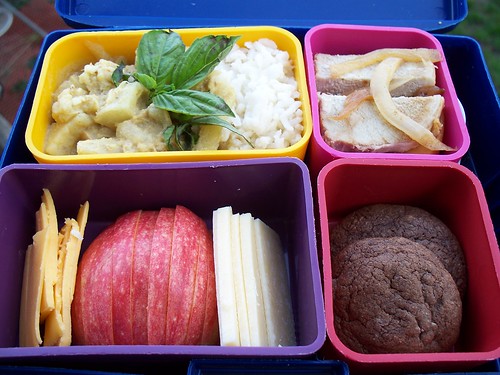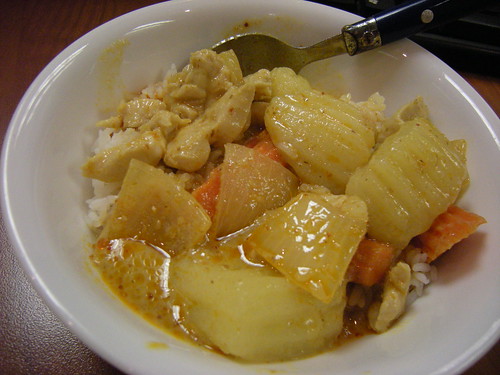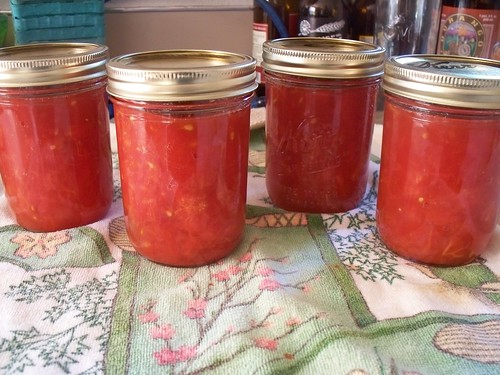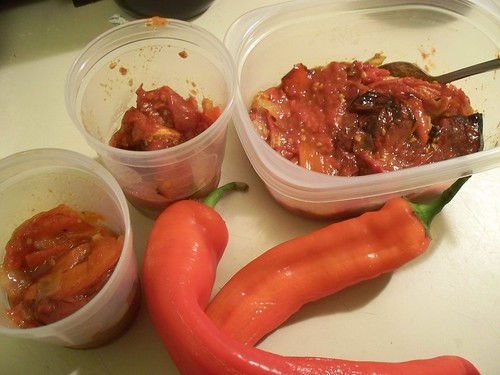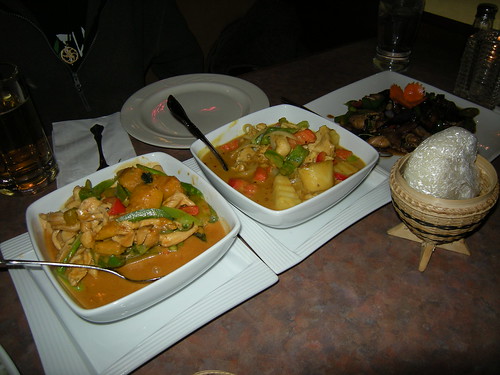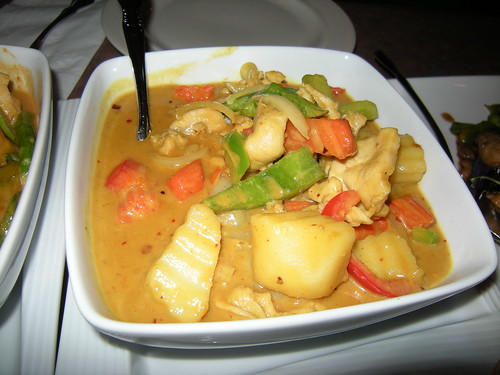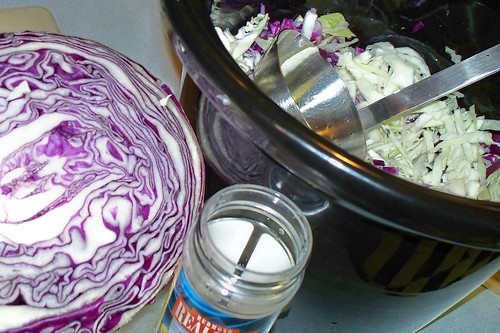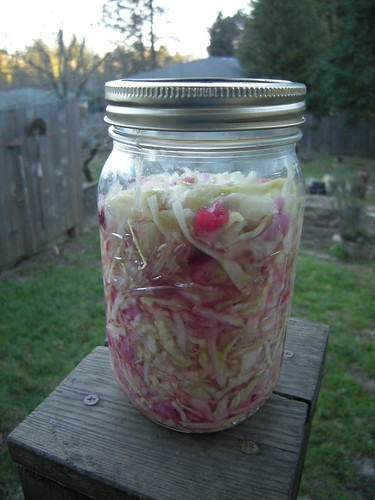I started my journey by learning to identify "garden" plants like raspberries, blackberries, apples, plums and cherries. All of these grow rampant here in Western Oregon and late last summer I collected an abundance of fruit from all of them. From there I
 started learning about garden weeds, and have started doing some reading on wilder weeds. One of the best resources on weeds, wildcrafting and herbal medicine is Susun Weed. Reading her Ezine and articles have been inspiring and I would love someday to be able to take one of her correspondence classes. There are lots of other great herb blogs, websites, books and classes out there. If you are interested in this then be sure to do you research. There are lots of safe, edible plants to be found out there but plants generally don't want you to eat them. Many have come up with some pretty clever ways to keep you from eating them more than once.
started learning about garden weeds, and have started doing some reading on wilder weeds. One of the best resources on weeds, wildcrafting and herbal medicine is Susun Weed. Reading her Ezine and articles have been inspiring and I would love someday to be able to take one of her correspondence classes. There are lots of other great herb blogs, websites, books and classes out there. If you are interested in this then be sure to do you research. There are lots of safe, edible plants to be found out there but plants generally don't want you to eat them. Many have come up with some pretty clever ways to keep you from eating them more than once.This weekend I went for my first herb walk of the spring. I was out looking to see if the nettles had come up yet and was suprised at how many other little green herbs I found. I can't wait to go back in a few weeks and do some actual harvesting. Everything was too small to harvest this week - you can't harvest little babies! :)
Here's what I found:

Nettles!
Susun Weed considers nettles (Urtica dioica) to be one of the most nourishing herbs. She recommends making an herbal infusion by letting one cup of dried herb steep in a quart of hot water for at least 8 hours. She says that nettle weed "builds energy, strengthens the adrenals, and is said to restore youthful flexibility to blood vessels. A cup of nettle infusion contains 500 milligrams of calcium plus generous amounts of bone-building magnesium, potassium, silicon, boron, and zinc. It is also an excellent source of vitamins A, D, E, and K." Can't really beat that with a stick. I'm going back for nettles again soon!
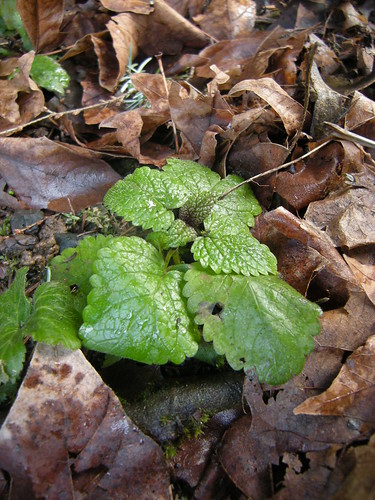 Melissa!
Melissa!
This herb is called either melissa or lemon balm (or Melissa officinalis if you are into that kind of thing) and has one of the most lovely scents in the plant kingdom. It's in the mint family but has a soft, lemony scent that is perfect in iced tea, ice cream or muddled into your julep in the summer. I've got a big bush of this in my parents backyard, but may harvest some next time I'm up on this trail as well.
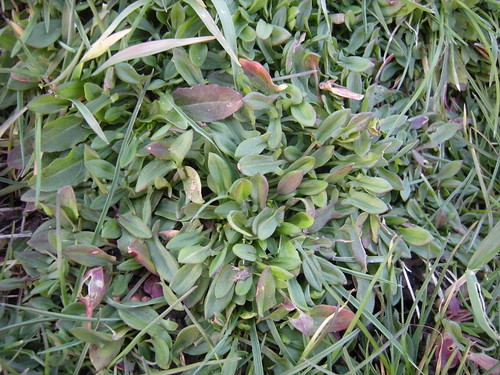 Sheep Sorrel!
Sheep Sorrel!I first came across sheep sorrel (Rumex acetosella) as a weed in a garden at the school I worked at. The kids all called it sour grass - a very descriptive name. It grows like a weed (er, is a weed, whatever...) here in Western Oregon and has a lovely lemony tart flavor. I like to munch on it on walks, but it would be a wonderful addition to a salad. Apparently it is also a major constituent of the Essiac formula, which is alleged to have cancer curing properties. Fascinating.
 Plantain!
Plantain!Lanceleaf Plantain (Plantago lanceolata) is a close cousin of common or broad leaf plantain (P. major) and both are alleged to have amazing healing powers. Plantain is edible as a salad herb or a cooked green vegetable and is also supposed to be wonderful for stings, infections or inflamation. I've read more than one account of chewed up plantain leaf stopping the pain and swelling of a bee sting, or of it relieving the itch of poison oak. I look for plantain everywhere I go and remember prime locations. I have a feeling it will be worth it someday.
I also found some chives and a cabbage plant escaped from the a community garden I walked by. I watch the perimeter of that garden all summer for escaped produce :)
Learning to identify edible plants is not hard. Check out plant ID guides at the library and spend some time looking around at what's in your own yard or a park nearby. I'm hoping that wild plants can be a significant addition to my vegetable diet this summer. Why not? They're free for the taking and so full of wonderful wild plant energy and nutrition.

